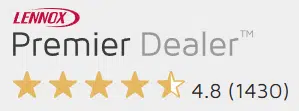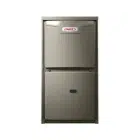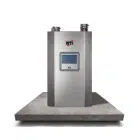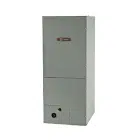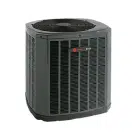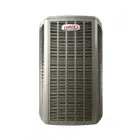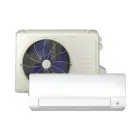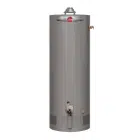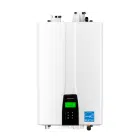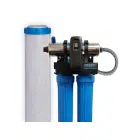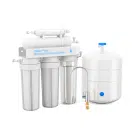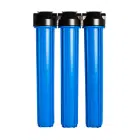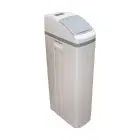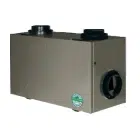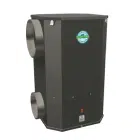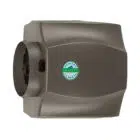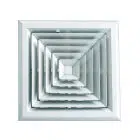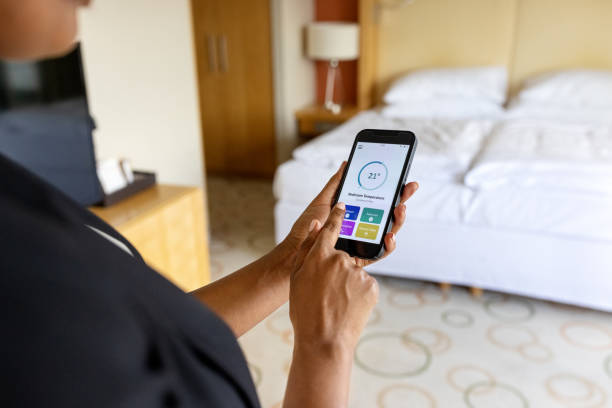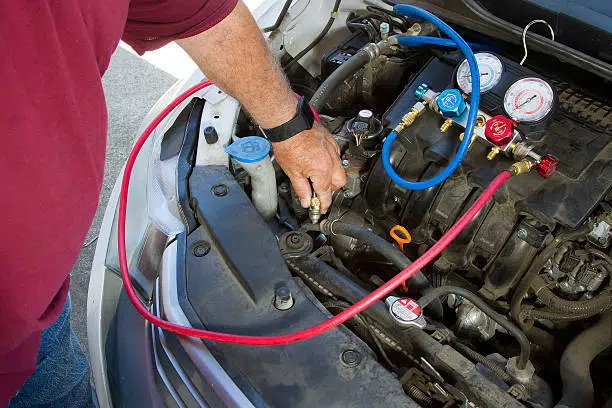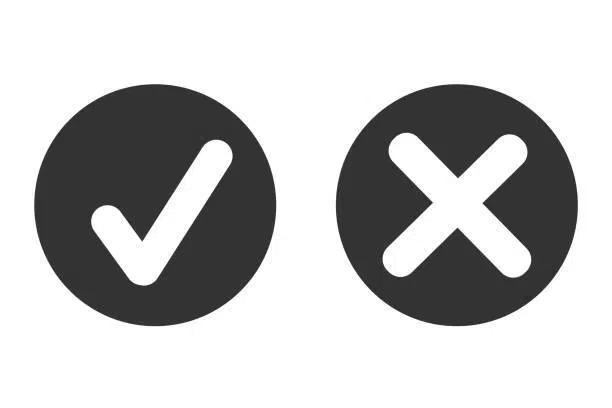
Table of Contents
When your Carrier furnace starts acting up, it’s easy to feel overwhelmed by the blinking lights and strange error codes. Understanding what these error codes mean can save you time, frustration, and possibly even money by helping you identify the root of the problem quickly.
Let’s dive into everything you need to know about Carrier furnace error codes, plus a few extra tips to keep your system running smoothly.
How Do Carrier Furnace Error Codes Work?
Your Carrier furnace comes equipped with a self-diagnostic system designed to detect issues and display error codes through a blinking LED light. These codes help you identify specific problems—from airflow restrictions to ignition issues.
Here’s how it works:
- The LED light on your furnace control board flashes in a specific sequence.
- Each sequence corresponds to a unique error code.
- Once you decode the flashes, you’ll have a clear idea of what’s wrong.
It’s a bit like your furnace speaking its own language, and once you learn to interpret it, troubleshooting becomes a whole lot easier.
Common Causes of Furnace Errors
Before we dive into the codes, let’s talk about some of the usual suspects when it comes to furnace malfunctions:
1. Dirty or Clogged Filters
A dirty filter restricts airflow, causing your furnace to work harder and potentially overheat. This can lead to a variety of error codes related to airflow or safety switches.
2. Electrical Issues
From reversed polarity to faulty wiring, electrical problems can trigger errors like “RAPID FLASHING.” These issues are often best left to the pros.
3. Pressure or Ventilation Problems
A blocked vent or a malfunctioning pressure switch can disrupt the flow of air through your furnace, triggering specific error codes like “2-3.”
4. Ignition Failures
When your furnace struggles to ignite, you might see codes like “1-4” for ignition lockouts. This could be due to a dirty flame sensor or a faulty igniter.
Now that we’ve covered the basics, let’s break down those error codes into categories for better clarity.
Flashing and Continuous Carrier Furnace Error Codes
These codes help you understand whether your furnace is functioning properly or if there’s a critical issue. Here’s a breakdown:
|
Code
|
Explanation
|
Solution
|
|---|---|---|
|
CONTINUOUS ON
|
Control has 24VAC power.
|
No action needed.
|
|
RAPID FLASHING
|
Line voltage (115VAC) polarity reversed.
|
Check the wiring to ensure the hot and neutral wires are properly connected. If your system is twinned, follow the twinning kit instructions. |
|
1-1
|
No previous codes.
|
No action needed.
|
|
1-2
|
Blower on after power-up.
|
No action needed.
|
Limit and Flame Rollout Carrier Furnace Error Codes
These codes indicate issues related to overheating or flame rollout. Here’s what they mean and how to address them:
|
Code
|
Explanation
|
Solution
|
|---|---|---|
|
1-3
|
Limit or flame rollout switch open.
|
Check for blocked vents, dirty filters, or obstructions in the heat exchanger. Reset the switch once the issue is resolved. |
|
3-3
|
Limit switch open.
|
Ensure proper airflow by cleaning filters and checking for obstructions in the ductwork.
|
Ignition and Gas Flow Carrier Furnace Error Codes
These codes point to problems with ignition or gas flow. Take a look:
|
Code
|
Explanation
|
Solution
|
|---|---|---|
|
1-4
|
Ignition lockout.
|
Inspect the igniter, gas valve, and flame sensor. Cleaning the flame sensor often solves this issue.
|
|
2-1
|
Gas heating lockout.
|
Check the ignition components and gas supply. You may need professional assistance.
|
|
2-2
|
Abnormal flame signal.
|
Inspect the gas valve for leaks and ensure it’s closing properly.
|
|
3-4
|
Ignition confirmation failure.
|
Clean the flame sensor and verify proper gas flow.
|
Pressure and Ventilation Carrier Furnace Error Codes
These codes are triggered when there’s an issue with airflow or pressure. Here’s what you need to know:
|
Code
|
Explanation
|
Solution
|
|---|---|---|
|
2-3
|
Pressure switch did not open.
|
Check for blockages in the vent system or a faulty pressure switch.
|
DIY Troubleshooting Tips
While some errors require professional furnace repair, there are a few things you can safely try at home:
- Check and Replace Filters: A dirty filter can cause a range of problems. Replacing it is quick, easy, and often resolves airflow-related issues.
- Inspect Vents and Exhaust Pipes: Make sure there are no obstructions blocking air intake or exhaust. Snow, leaves, or debris can easily cause problems.
- Reset the System: Sometimes, turning the furnace off and on again can clear minor glitches. Just remember to wait at least 30 seconds before restarting.
- Clean the Flame Sensor: If your furnace fails to ignite, a dirty flame sensor might be the culprit. Gently clean it with fine-grit sandpaper.
Remember, if you’re ever unsure or uncomfortable performing any of these tasks, it’s better to call in a professional.
Why Choose Us for Furnace Repairs?
Here’s the deal: understanding error codes is great, but fixing the problem isn’t always a DIY job. That’s where we come in.
At HVAC Service Solutions, our certified HVAC technicians have years of experience diagnosing and repairing Carrier furnaces. Whether it’s a simple filter replacement or a complex ignition issue, we’ve got you covered. Plus, we’re available 24/7 for emergency repairs, so you’re never left in the cold.
Here’s what we offer:
- Comprehensive diagnostics and repairs.
- Affordable maintenance plans to keep your furnace running smoothly year-round.
- Friendly, professional service you can count on.
Give us a call or schedule an appointment online today!
Final Thoughts
Understanding Carrier furnace error codes can feel like cracking a secret code, but once you know what to look for, it’s a lot less intimidating. Whether it’s a quick DIY fix or a problem that requires professional expertise, staying informed is the first step to keeping your home warm and cozy.
Carrier Furnace Error Codes FAQs
1. What do Carrier furnace error codes mean?
Carrier furnace error codes are diagnostic signals displayed via flashing LED lights on the furnace’s control board. Each code corresponds to a specific issue, such as airflow problems, ignition failures, or pressure switch malfunctions. These codes help homeowners and technicians identify and resolve furnace issues efficiently.
2. How do I read Carrier furnace error codes?
To read the error codes:
- Locate the LED light on your furnace’s control board.
- Count the number of flashes in the sequence, which can include short and long flashes.
- Refer to the furnace manual or online resources for the code’s meaning. For example, a “1-4” code indicates an ignition lockout.
3. Why is my Carrier furnace blinking rapidly?
Rapid blinking typically indicates a reversed polarity issue with the line voltage (115VAC). This occurs when the hot and neutral wires are connected incorrectly. Ensure proper wiring or consult a professional technician to fix the issue.
4. What should I do if my furnace shows a "1-3" error code?
The “1-3” error code signals an open limit or flame rollout switch. This often happens due to:
- Dirty air filters causing restricted airflow.
- Blocked vents or ductwork.
An overheated heat exchanger.
To resolve it, check and replace the air filter, clear obstructions, and reset the switch. If the issue persists, contact an HVAC technician.
5. How do I fix a Carrier furnace ignition lockout (1-4 code)?
An ignition lockout occurs when the furnace fails to ignite after multiple attempts. To fix it:
- Check the flame sensor and clean it with fine sandpaper.
- Ensure the gas valve is open and functional.
Inspect the igniter for cracks or damage.
If these steps don’t resolve the issue, professional repair may be necessary.
6. What causes a pressure switch error (2-3 code) on a Carrier furnace?
The “2-3” code indicates the pressure switch did not open as expected. Common causes include:
- Blockages in the vent system or exhaust pipes.
A malfunctioning pressure switch.
Check for obstructions like debris or snow in the vents and ensure the switch isn’t damaged. If the switch is faulty, replacing it may be required.
7. Can I reset my Carrier furnace to clear an error code?
Yes, you can often reset your furnace to clear minor error codes:
- Turn off the furnace at the thermostat and breaker.
- Wait at least 30 seconds.
Turn it back on and observe if the error persists.
If the code reappears, it may indicate a recurring issue that needs further attention.
8. What does a "Continuous ON" LED light on my Carrier furnace mean?
A “Continuous ON” light means the control board is receiving 24VAC power and the system is ready for operation. It doesn’t indicate a fault, so no action is required.
9. When should I call a professional for Carrier furnace error codes?
Call a professional HVAC technician if:
- The error code persists after basic troubleshooting.
- You notice electrical issues like reversed polarity (RAPID FLASHING).
- Complex problems like ignition or pressure switch failures occur.
- You’re unsure about handling the problem safely.
10. How can I prevent Carrier furnace errors in the future?
Preventive maintenance is key to avoiding error codes. Here’s how:
- Replace air filters every 1-3 months.
- Schedule annual furnace tune-ups.
- Keep vents and ducts clean and unobstructed.
Ensure proper installation and wiring by certified professionals.
By staying proactive, you can minimize furnace malfunctions and extend the system’s lifespan.
Share
